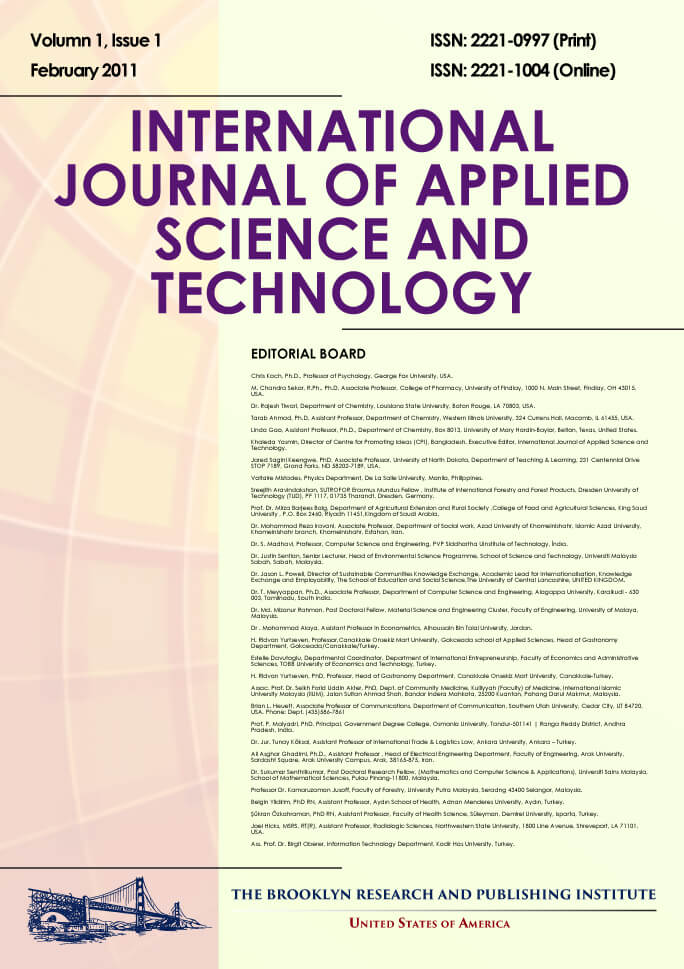Cellular Hydrophobicity is Not Determinant of Water-In-Oil Emulsification Breaking by Bacteria
Rita de Cássia Rocha Fernandes, Arnaldo Chaer Borges, Marcos Rogério Tótola
Abstract
We evaluated if the capability of bacterial isolates to break water-in-oil (W/O) emulsions depends on cell surface
hydrophobicity. Among 12 bacterial isolates obtained from enrichment of solid waste compost in mineral-paraffin
medium, four were shown to be efficient in breaking W/O emulsion. These strains were identified as
Acinetobacter sp. and Pseudomonas mendocina. W/O emulsion-breaking activity (EBA) decreased with culture
age. EBA of young cultures (22 hours of growth) was dependent on the presence of cells, and soluble
deemulsifier(s) did not have significant effect at this stage. In contrast, EBA of older cultures (198 hours of
growth) was attributed to the presence of non-surfactant deemulsifier compound(s) in the culture
broth. Experiments with Acinetobacter sp. LBBMA LU3 revealed that cell integrity is not required for EBA. EBA
was insensitive to variation of pH (3-8) or salt concentration (0-150 g l-1 NaCl), but increased linearly with
temperature (30-60°C). Correlation between cell surface hydrophobicity and EBA was either absent, negative or
positive, depending on the microbial strain or on previous growth condition for a particular strain. We conclude
that hydrophobicity is not a primary factor determining EBA of bacterial cells.
Full Text: PDF
International Journal of Applied Science and Technology
ISSN 2221-0997 (Print), 2221-1004 (Online) 10.30845/ijast
Visitors Counter
6380935
| 4943 | |
| |
4135 |
| |
60141 |
| |
72888 |
| 6380935 | |
| 36 |

